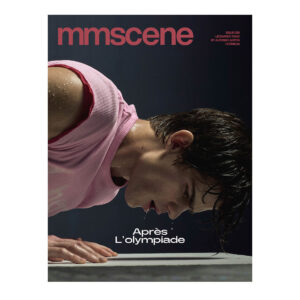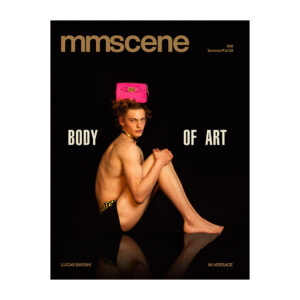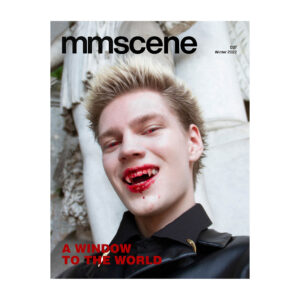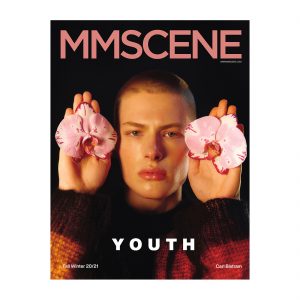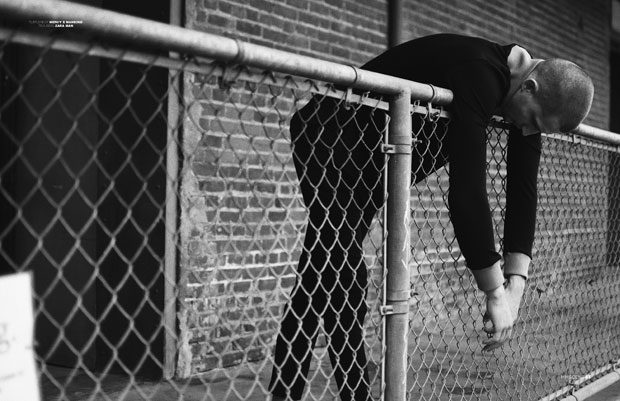
The evolution of skinheads is dating decades back and while in various waves it was inspiring for fashion, however today the industry and all of its aspects found a massive mainstream appeal of the ‘skinhead’. From Saint Laurent runways, to Gosha Rubchinskiy and Demna Gvasalia the appeal has gone far from the Dr. Martens adoration.
Fashion’s ‘next door’ boys such as Cameron Dallas and Matthew Noszka have also ‘toughened up’ their image by sporting a skinhead buzz-cut, following one of Justin Bieber’s many random and temporary transformations. The routs of the movement are far from young, under many names such as bootboys, skinheads, smooths and suede heads the term first popped up in the 1960s Britain. It was connected to a British cult of the mostly male groups connected with the – “no job, no money, no future Britain” mantra. While almost seven decades long to this day a sentiment of a skinhead is associated with football, violence and music, the movement has in many waves influenced the menswear fashion throughout the decades behind us. Still, while its beginning is connected to England, first in the 1960s and in it’s second wave in the 1980s the final wave culminated in Eastern Europe. The skinheads appeal we see today has on its own allowed fashion runways in Paris to introduce athleisure as a term – sending sweatpants down the runway and a season later to the front row. Today the East Euro soccer fan slash skinhead is a repeating image in fashion editorials, campaigns as well as the new collections, allowing everyone from Nike to Gucci to sell endless amount of sweatpants and t-shirts under the guise of a cool new collab.
Read more after the jump:
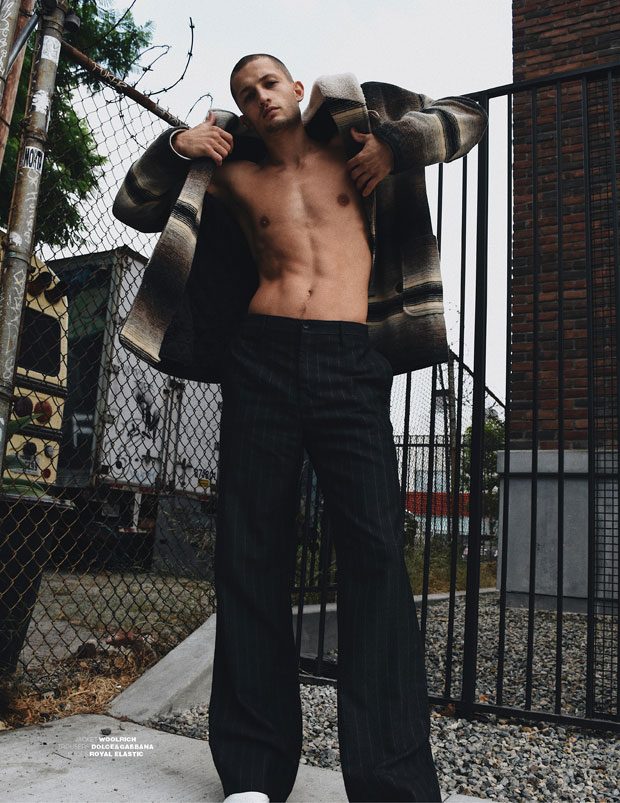
THE LUXURY BOOT BOYS
The luxury and premium categories of the fashion industry hit by the dominating moves of clothing giants such as Hennes & Mauritz, Uniqlo, Topshop and the most ruthless ZARA were on the lookout for a garment cheap and easy to make. Thus, sweatpants and a t shirts became the royalty items of today top brands, where a Gucci cotton t-shirt is to cost you a hefty 600 US dollars if not more while a pair of training trousers may even reach a thousand. An item cheap to produce is selling more than few times its value, in both premium and luxury stores. Premium brands followed in hand on the sportswear momentum, with Business of Fashion reporting earlier this year the wildly successful Parisian brand Zadig & Voltaire’s shirts costing the house little over eight american dollars are selling for around a hundred roughly in retail.
However, heading back to the beginning the Skinheads first showed on the scene in 1968 as formalized style and following, taking on from the widely popular MOD movement which was the centerpiece of British fashion through the early sixties. By 1968 mod style has already morphed into a commercial adventure, becoming the signature wardrobe of college and university goers, simply saturating the menswear of the moment. What fell apart from the movement was the developing ‘hard mods’ or in some areas called ‘gang mods’ soon to turn into the Skinheads.
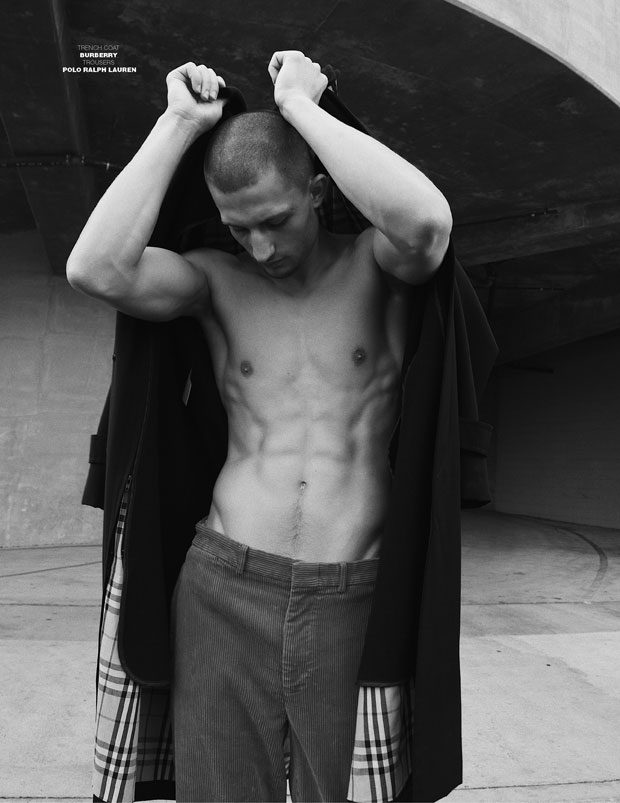
In the final days of sixties, a code of a Skinhead was already formed, it meant a peculiar uniform, going alone with the violent behavior. Skinheads tribes were known for gang fights, which made hard for the police to single out between single offenders in a massive group. At the same time this way of dressing but also behaviour made an individual find fulfillment in the fact his style is part of something superior, embraced by a group of people who are aiming for the same thing. Clothing itself is no doubt and important part of these groups, it was giving a sentiment of acknowledgment and inclusion, this definitions and values of the movement massively impacted the youth menswear of the era. As in it’s core incredibly English, the Union Jack was a pivotal symbol for all Skinheads, which provided a feeling of inclusion as well as pride in declaration as part of England’s working class, and going against everything the British Government at that time struggled to enforce. Besides the dress code, the already mentioned violence was the norm both within school as well as home, these groups of children so many of them growing up on council estates were known for their brutal and vicious attitude which almost by default gave them permission to terrorise anybody who did not follow their very own style.
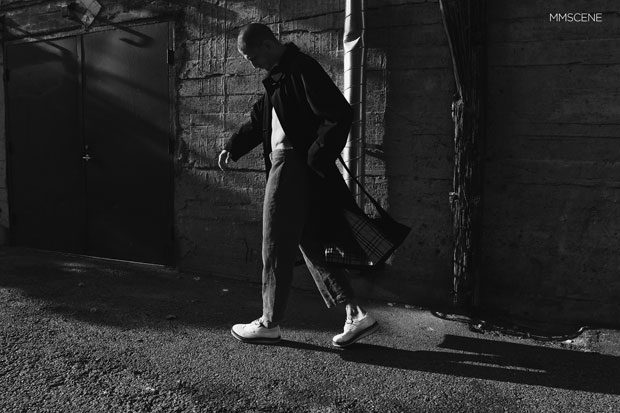
THE DR MARTENS.
To this day boots are an important part of the Skinhead uniform (as much as the black bomber jacket), at the beginning coming with a very negative connotations. The most vicious version with the steel toe caps was made mainstream in the 90s by the still reigning Dr. Martens. The company which to this day is a dominating force on the footwear scene, a pair of Dr Martens was what every aspiring young skinhead had on it’s list, a pair meant to complete the outfit. To this day a pair of Dr. Martens (or at least a more affordable copy) is making you feel that bit tougher and that bit taller. Simply said two and a half decades later this was still everything the movement was about – tougher and taller. The Dr. Marten boots in addition to the thirst for disorder and violence were always an integral part of the movement, along with the final thread lined in that search for the sense of belonging.
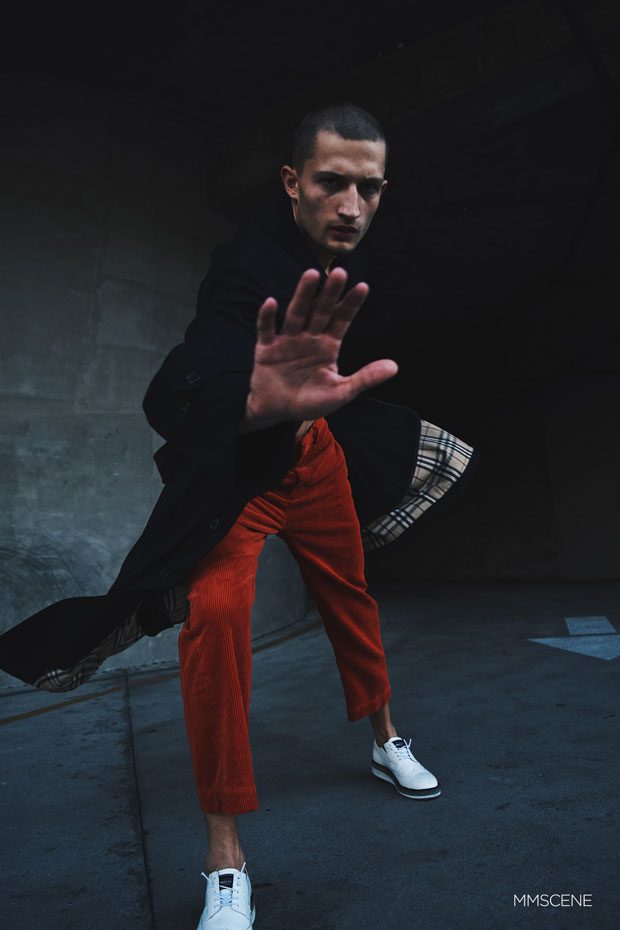
The fashion and commercialization of the same of course even in the nineties had its role, soon after hitting the mainstream a slew of colours from blood red to bright yellow hit the shelves, while the customization was the best part in all of it. Along with a boot you would choose, the key was customizing with white or colour laces. “Looking after the boots was important because the boots looked after you” (The Story of Skinhead with Don Letts, 2016). Repairing the boots on your own is also a signature of the real skinhead.
HAIRCUT A.K.A. THE PEANUT HEADS
To this day, today embraced often in Eastern Europe the showcase of blatant masculinity is impacting the hairstyle in any given era the trend has re-appeared. The signature hairstyle of the shaven heads, is a buzz cut going from number four to zero on your barber’s machine. Essentially, the idea of a buzz cut was quite simple, while at the same time terribly brutal. The haircut made the skins less easy to grab in time of a fight, as well as much harder to spot in a crowd of other peanut heads. For a true skin, a shaven head was followed by a slew of unique tribe tattoos.
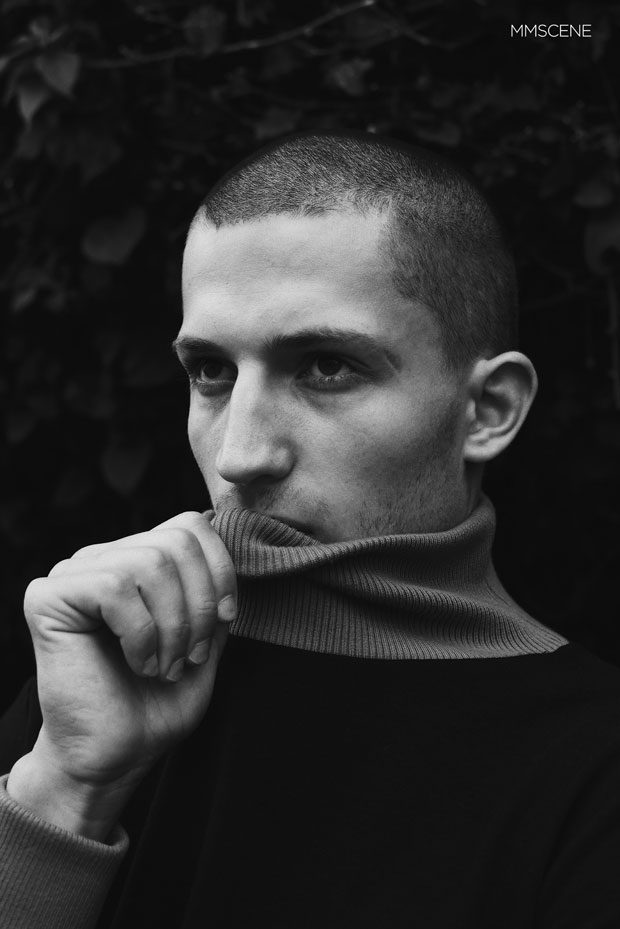
On today’s runways the tough boy look is no doubt a skinhead, Saint Laurent has had a few of the skins type boys, such as a breakthrough star Dalibor Urosevic, an unknown street kid from Serbia taken as brand’s face for the past year and exclusive. While the star of our shoot Frederik Woloszynski is enjoying his share of runway success thanks to his ‘peanut head’ hair style landing the pages of L’Officiel Hommes but also top brand runways such as Astrid Andersen, Philipp Plein, KTZ, Dolce & Gabbana and Moncler to name a few.
The rebelious buzz cut is an ever returning trend, from the Britney Spears meltdown to today’s it boys looking for a tougher image. While in the nineties and early 00s thanks to Vivienne Westwood and Malcolm McLaren the mainstream embraced the punk’s skinhead. Today the East Europeans such as Gosha and Demna are to be thanked for bringing back the ‘tough boy’ look, famous again for its heritage of sportswear attire and loose cuts, but let’s not forget the working class. A class forming it’s style thousands miles away from the glitzy storefronts from the likes of Gucci, Vetements and Balenciaga who are relentlessly taking it into inspiration.
Text Ana Markovic
Photographer Kevin Roldan
Stylist Brandon Nicholas at Art Hunter
Stylist Assistant Cara Cooper
Model Frederik Woloszynski at Two Management
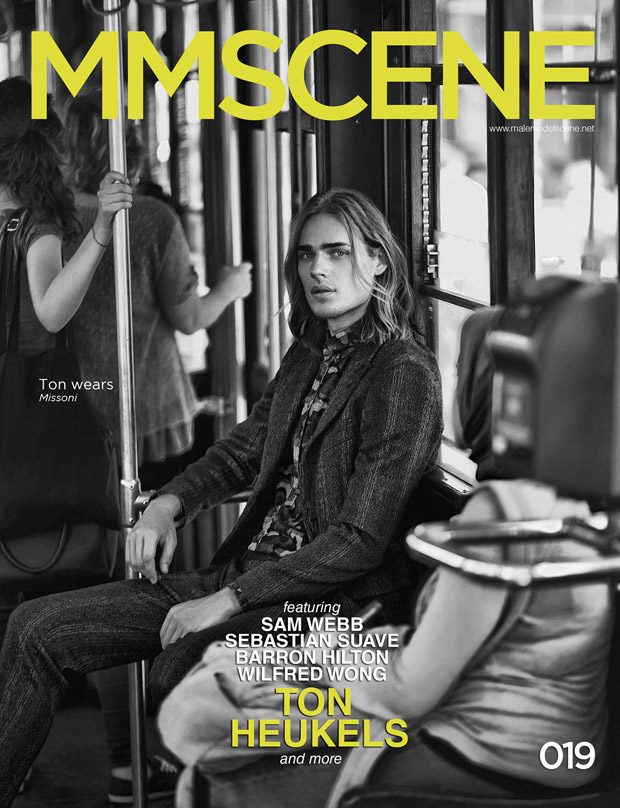 Missed any of our previous issues? Check out MMSCENE magazine print and web store
Missed any of our previous issues? Check out MMSCENE magazine print and web store





